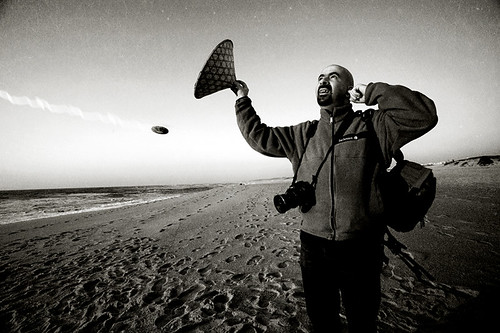Despite being totally aware of the consequences I am now stuck (again) with the job of writing several things in parallel. In the next two weeks I need to finish my open access report for Lund, two book chapters and a licensing booklet. The actual content is not the problem – what is the problem is despite all efforts to the contrary deadlines have a tendency to expand and contract to finally collect themselves in nasty little clusters that force the whole writing process into an attempt to beat text from the dead mind of the writer.
So how does this happen and can it be avoided? To answer the last question first: Of course it can be avoided. The simple trick is to only do one thing at a time. The cost of this approach will be to radically diminish my writing output. So this does not feel like an option.
The first question (why?) is more complex. It can be attributed to bad planning but this is only part of the truth. For many years I would explain my deadline stress with the words bad planning but I have come to realize that this is not the whole truth. No matter how good my planning is life has a way of throwing small surprises (not all pleasant) dates change, new tasks are assigned and often unrealistic work loads lead to delays.
The results of these insights should maybe be to attempt to change – but how can you change the unforeseen? How much planning must be included for that which you cannot know? And in the end isn’t it all a waste of time? After all:
Life is what happens to you while you’re busy making other plans – John Lennon

